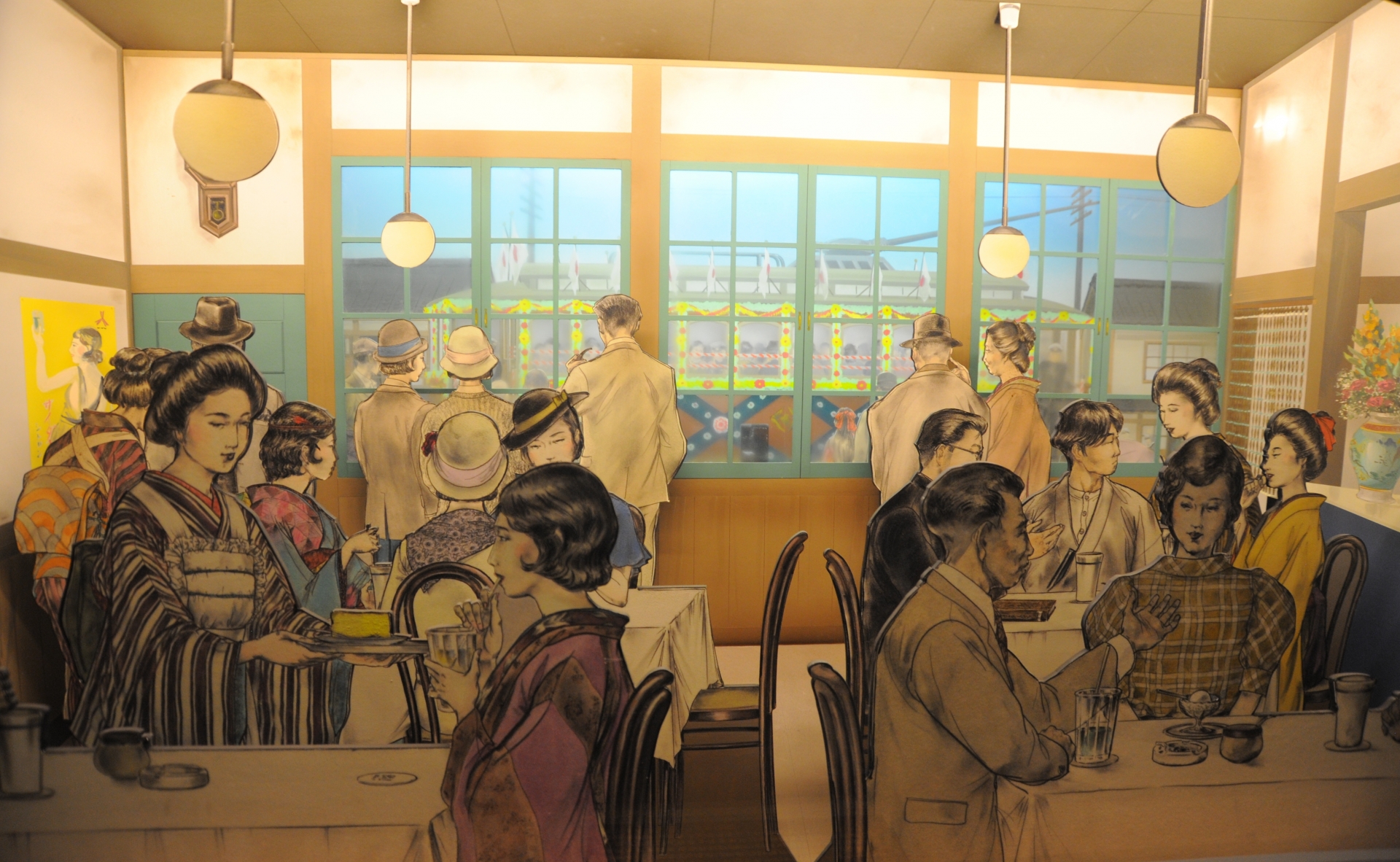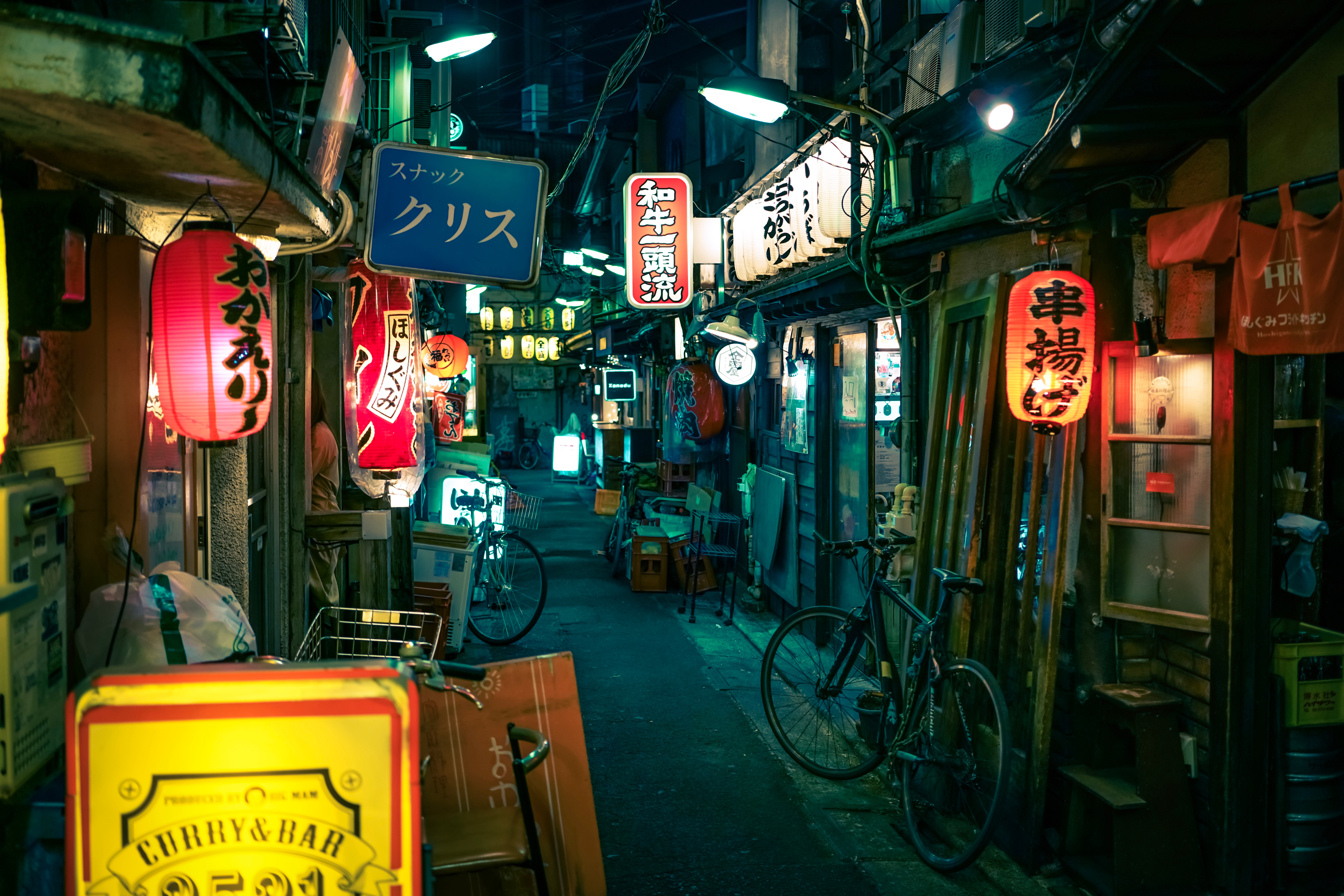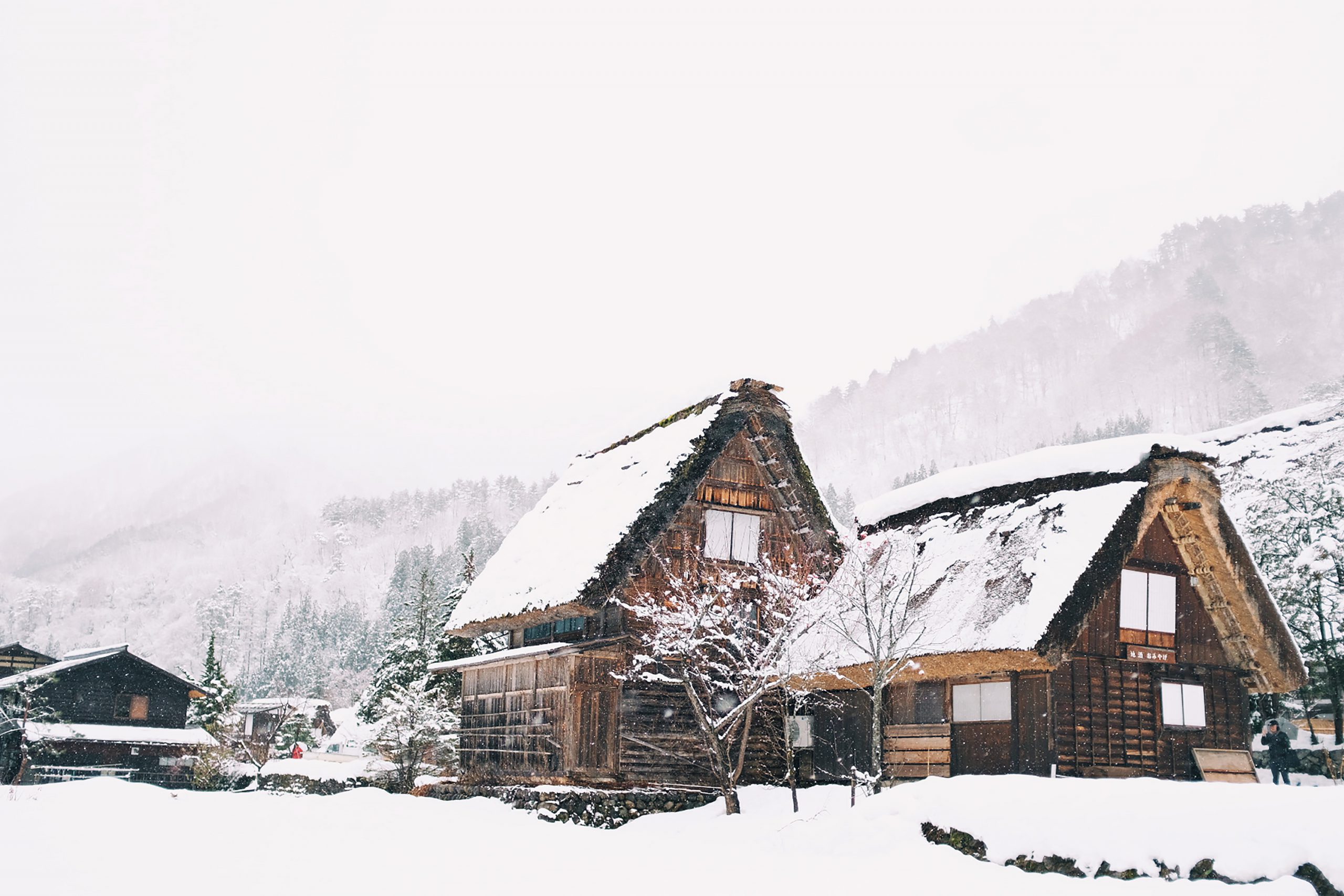The Taisho period is a short period in Japanese history between 1912 to 1926. It was the years of democratic movements across the political, economic and cultural fields. Many dramatic changes had been made during this period which gave huge impacts also on Japanese lifestyle; it became westernized and people started to wear western clothes and eat more western cuisine. In this article, we covered the brief history of the Taisho period.
Brief History of the Taisho Period
The Taisho period started in 1912, when Prince Yoshihito ascended the throne upon the death of the Emperor Meiji. In 1914, World WarⅠbegan and that brought a special procurement boom in Japan. To represent the period, the term Narikin, meaning a wealthy parvenu appeared. The number of exports increased, and the heavy-chemical industry was developed during that time. It was when Japan became an industrialized country.
However, the prices have gone up according to the economic growth. Ordinary people’s lives were getting poorer day by day, and finally in 1918, Rice riots erupted firstly in Toyama prefecture, and then spread throughout Japan. The riots were caused by women who were suffering from the rising price of rice. It lasted for two long months and after it was settled, the cabinet was forced to resign en masse.
Taisho Democracy
As you can see from the example of the riots, Taisho Democracy is a key term to describe the Taisho period. There are mass movements to demand democracy such as the general election law and freedom of expression, assembly and association. In 1920, the first May Day was held, and there were large-scale strikes from Labor unions, and disputes at the farmers, liberation movements for Ainu people and for the discrimination against the hamlet that happened in succession. As a result of these constant social movements, finally The General Election Law passed in 1925 and about four times more people got qualified to vote. However, it was not yet given to women even though women’s social progress was accelerated with some activities to demand gender equality.
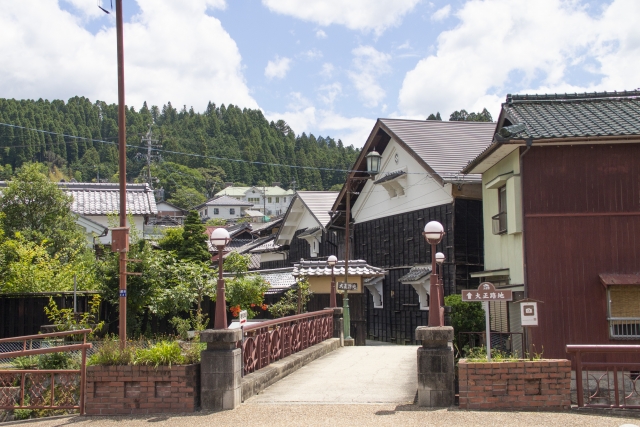
While society started to change gradually by the power of ordinary people, in 1923, the Great Kanto Earthquake happened and a whole city was destroyed by dreadful fire. But ironically, this disaster became an opportunity to turn Tokyo and Yokohama into a modern city like they are now today.
Taisho Culture – Westernization & Modernization
Fashion Trend
After the disaster, Tokyo developed very fast and became westernized with the help of spreading the utilities. They newly built western style buildings and created an office town (the current Marunouchi area). Japanese outfits started to change too according to the trend of westernization; it was becoming more common to wear western clothing rather than Kimono. Firstly only the upper class men and businessmen wear them, but gradually they spread to people in the other classes. Fashionable ladies showed up called Moga (stands for “modern girls”) who followed westernized fashion and lifestyle, and western work uniforms also were adopted. Small clothing stores became department stores and Ginza became the shopping area as most of you are familiar today.
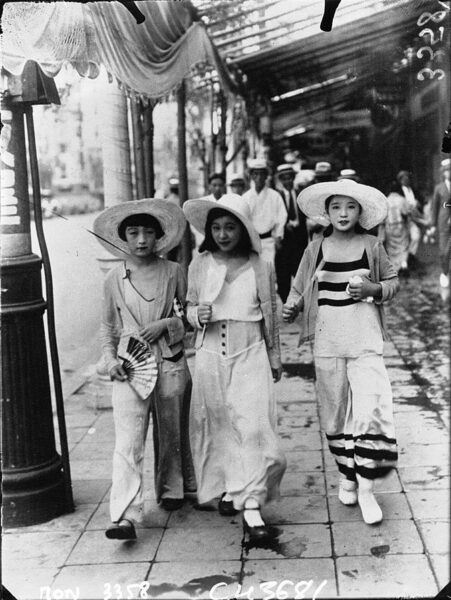
Food Culture
The Japanese food culture was of course not the exception from the wave of westernizations. Many western inspired cafes and restaurants opened in the city, and they served Yoshoku, Japanese-western mixed cuisine such as curry rice, pork cutlet and croquette. Chefs were eager to make western cuisines but they needed to match the taste of Japanese. As a result, yoshoku became one of the unique culinary cultures of Japan.
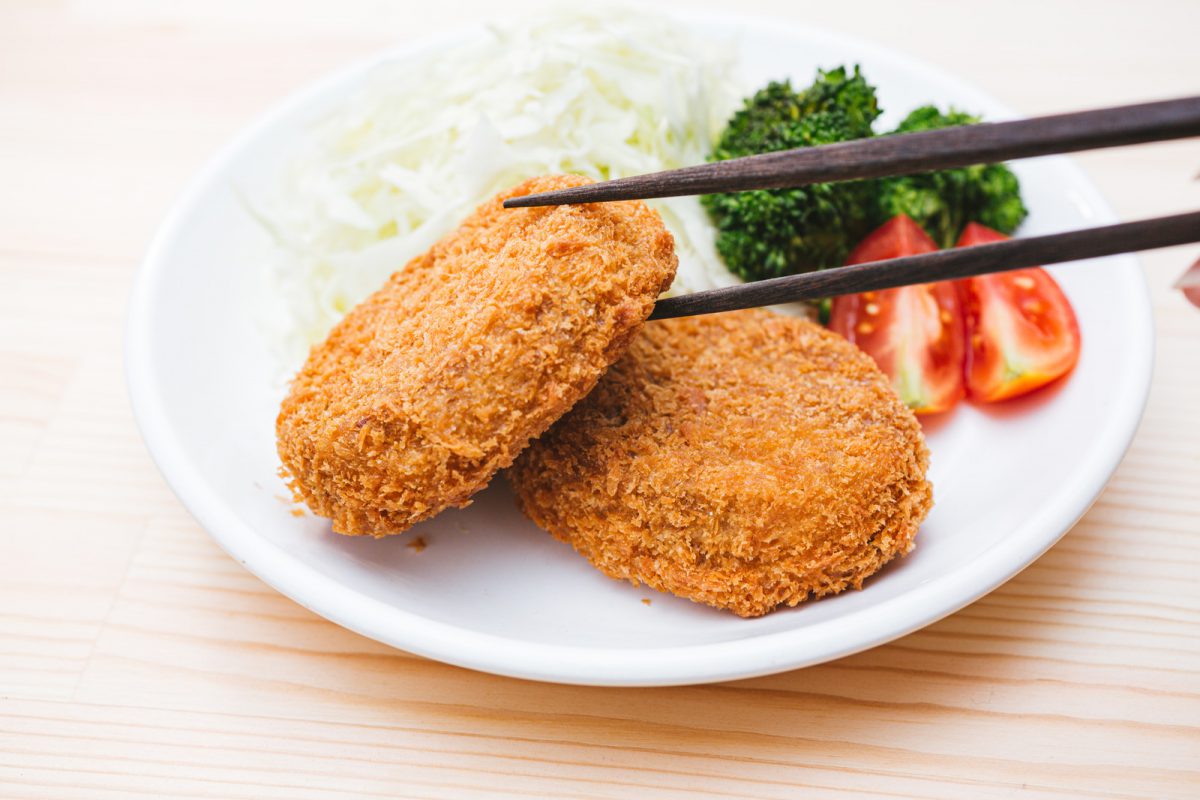
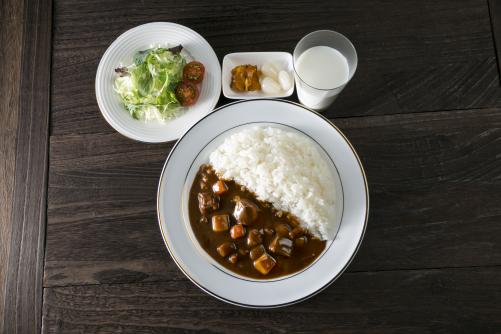
Changes in Entertainment
During the Taisho period, the entertainment scene also changed. Radio broadcasting started and while phonograph and phonograph records were introduced, Japanese pop songs became popular. People enjoyed more movies and baseball games. It is true that it became more common to enjoy cultural things among ordinary people, however, it was appreciated only in the city and this modernization made a huge gap between urban cities and big cities terribly.
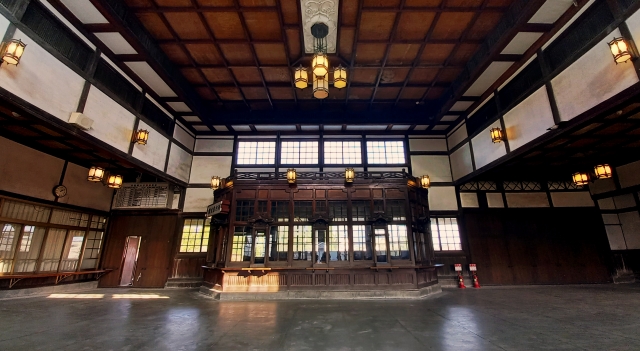
Architecture from Taisho Period
Architectures from the Taisho period were beautifully built with a combination of western and traditional style.
Bankoro & Seien Bunko
Bankoro was built in 1917, and Seien Bunko was built in 1925 to celebrate the anniversaries for Shibusawa Eiichi who is known as “the father of Japanese capitalism”.
Bankoro is a western-style teahouse and it was used as a reception room for important guests from in and outside of Japan.
Seien Bunko was contributed to him as a gift for his 80 years old birthday by Ryumonsha where he kept his book collections and welcomed his guests. Elaborate stained glass windows were designed with oak leaves and a letter of dragon ‘竜’ and ‘寿’.
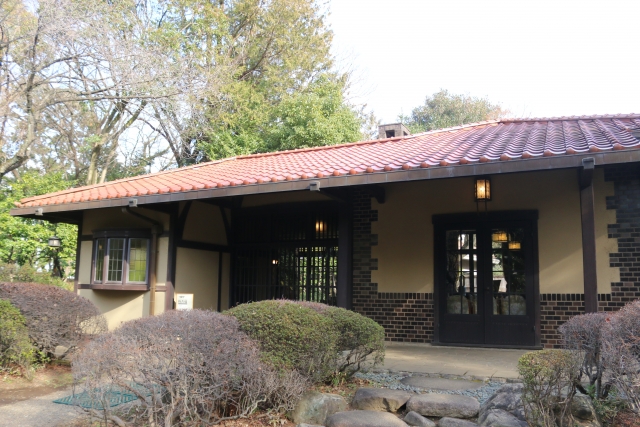
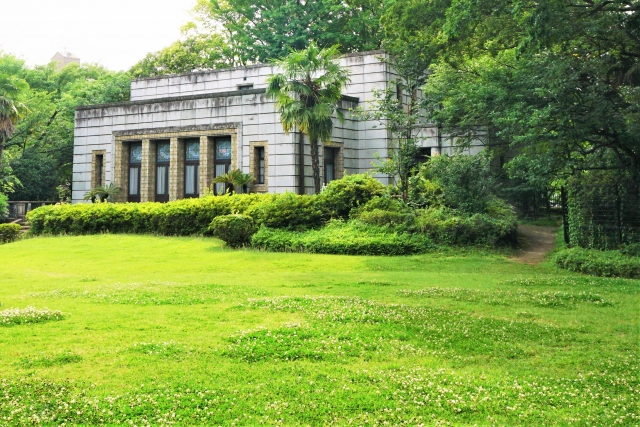
Sonbun Memorial Hall
It’s only the memorial hall for Sun Yat-Sen in Japan who is known as the first president of the Republic of China and the first leader of the Nationalist Party of China. Before it opened to the public as a memorial hall, it was a holiday home for Chinese trader Jintang Wu built in 1915. Among locals, they call it Rokkakudo(hexagon hall) since the outside of the building looks hexagon shaped. If you are interested in history, this memorial hall can be very satisfying with the important documents and letters about Sun Yat-Sen. You can see Akashi-Kaikyo bridge together with the buildings, it is also worth visiting just to take a gorgeous picture.
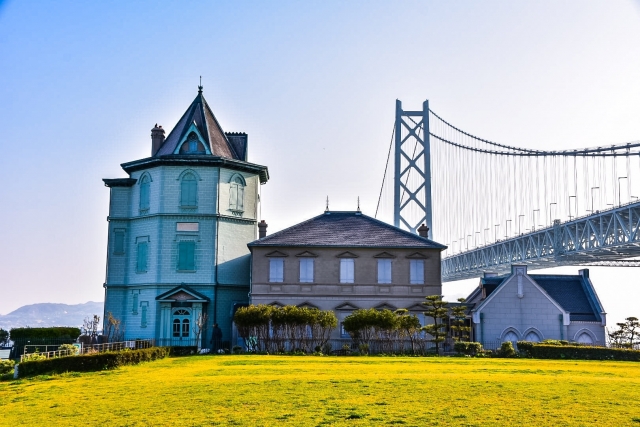
Opening hours
10am – 5pm
Admission ¥300 (adult)
Kitano Ijinkan
Kitano Ijinkan is an old residential area where many internationals used to live. In 1868, Kobe Port opened to trade internationally and the Kitano area had been developed as a western influenced area since then. There used to be over 300 western houses but today there are only 30 left and 20 buildings opened to the public. You can see the historical buildings which were built around the Meiji to Taisho period. Each European style building has impressive collections of porcelains and arts, and antique furniture which are exhibited to visitors. There is even a Starbucks renovated from the western house that an American used to own. This is one of the most westernized areas in Japan and you can enjoy the atmosphere of the port town.
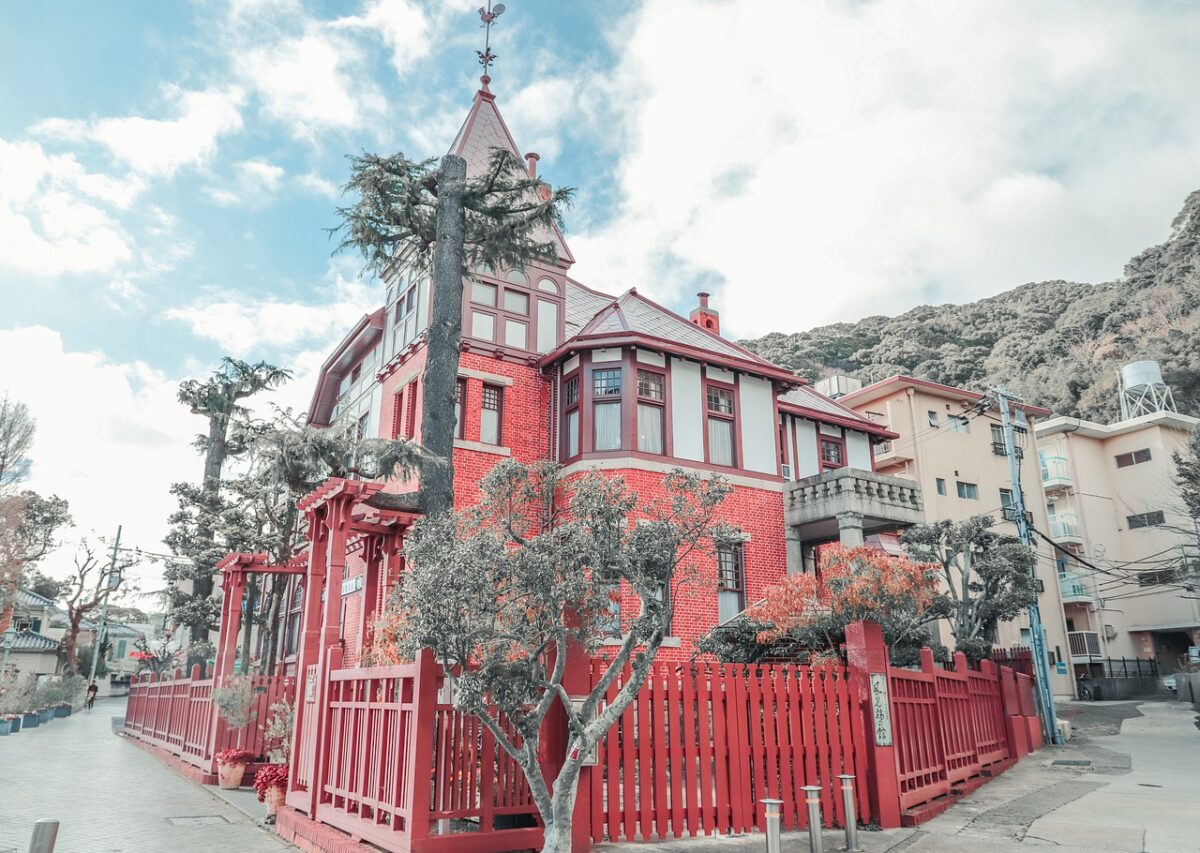
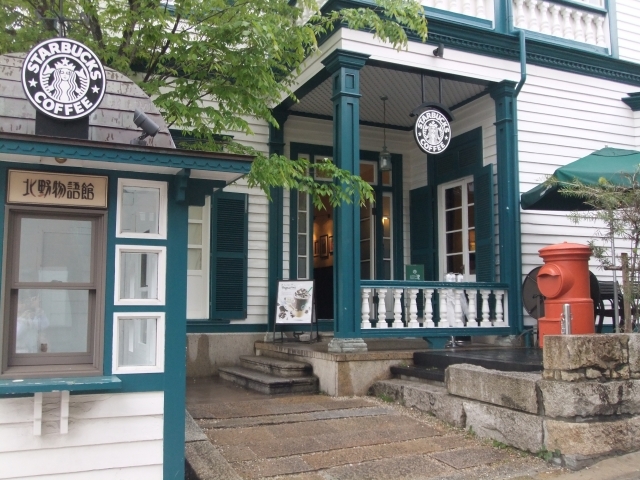
Japan Taishomura
Another optional place to learn the Taisho period is Japan Taishomura, the open-air museum which is located in Gifu prefecture. They recreated the townscape during the Taisho period which allows visitors to see the historical sites such as the city hall and the cafe where cultural people used to love to have tea. There is a package where you can wear costumes inspired by Taisho culture and walk in them around Taishomura. It allows you to have an experience to travel back in time to the Taisho period!
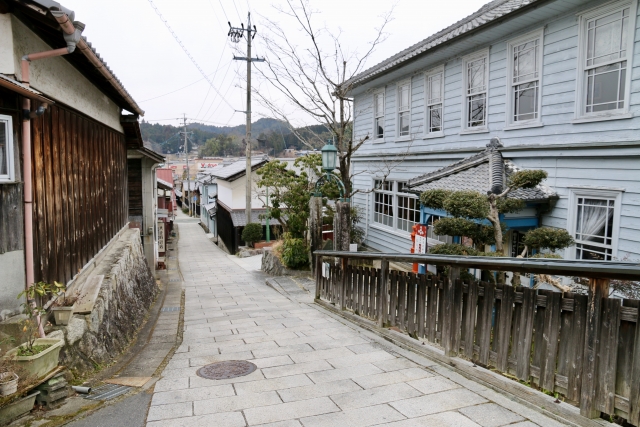
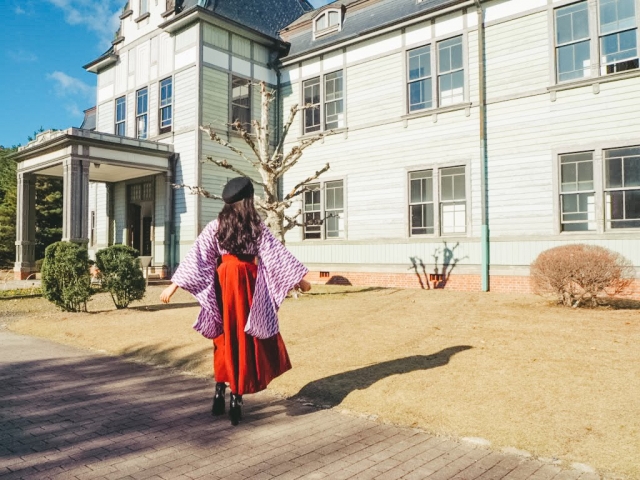
Opening hours
9am – 5pm (March 1st – December 14th)
10am – 4pm (December 15th – the end of February)
Admission fee ¥500 (adult)
Rikkyo University
Originally Rikkyo University was located in Tsukiji founded by Bishop Channing Moore Williams and relocated to Ikebukuro in 1918 (Taisho 7). There are beautiful red-brick buildings on the campus, and these were designed by Murphy and Dana Architects from the United States. It’s hard to imagine English style buildings would appear only 7 minutes away from Ikebukuro Station, but here it is, surrounded by a quiet neighborhood.
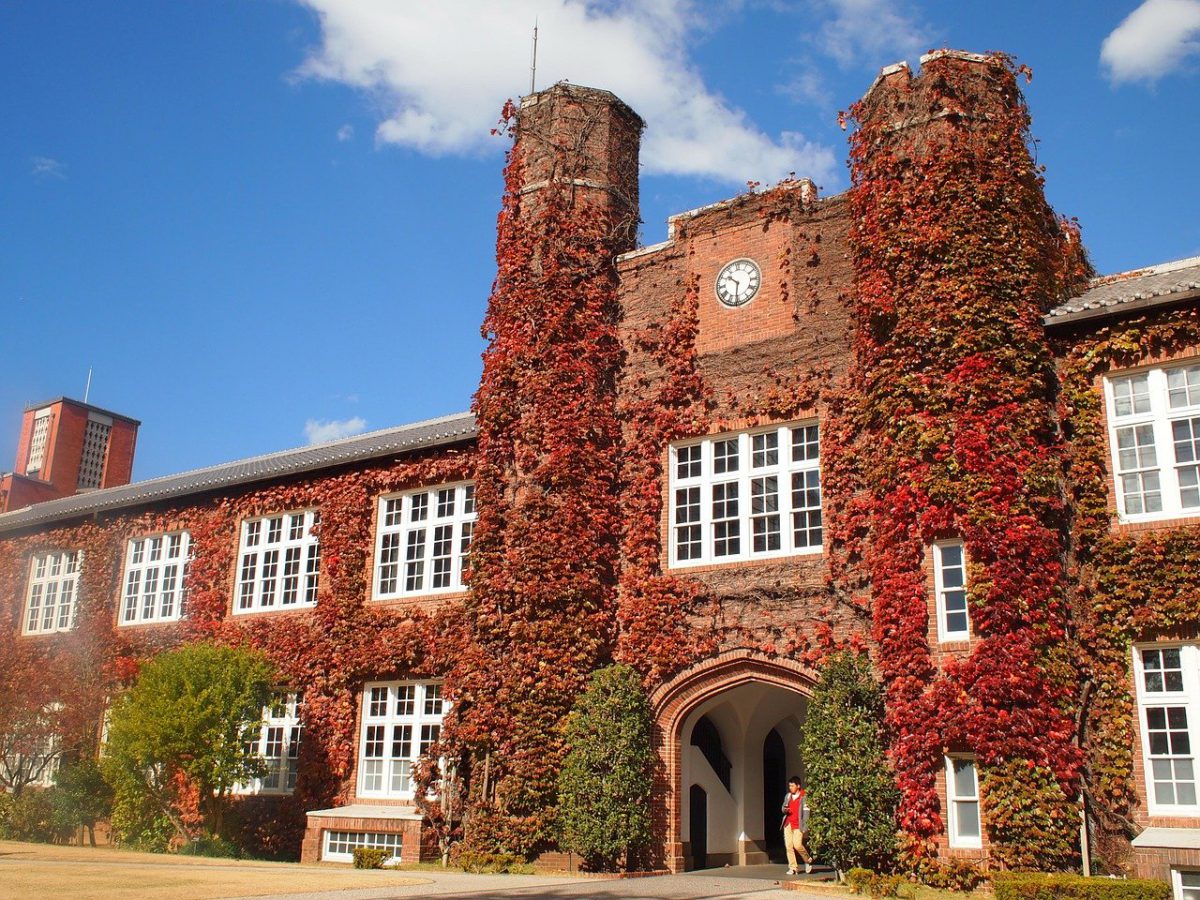
Japan Wonder Travel Tours
Japan Wonder Travel is a travel agency offering guided tours in Japan. From private walking tours to delicious Food and Drink tours, we will organize the best tours for you! If you want to explore around Japan to learn more histories and backstories of the area, our knowledgeable and friendly guide will happily take you to the best spots! Also, we can provide you with any assistance for your upcoming trip in Japan, so please feel free to contact us if you have any questions/need some help!
- Tokyo Fish Market Tour @Tsukiji – Enjoy Local Food and Drink
- Tokyo 1–Day Highlights Private Walking Tour (8 Hours)
- Ghibli Spots Tour (Online)
Follow us on Instagram, Facebook and Twitter for more travel inspiration. Or tag us to get featured!
Happy travelling!
Stay informed of the best travel tips to Japan, the most exciting things to do and see, and the top experiences to have with the Japan Wonder Travel Newsletter. Every week we will introduce you to our latest content.
Other articles you might like

This post may contain some affiliate links. When you click through and make a purchase we may receive some commission, at no extra costs to you.
